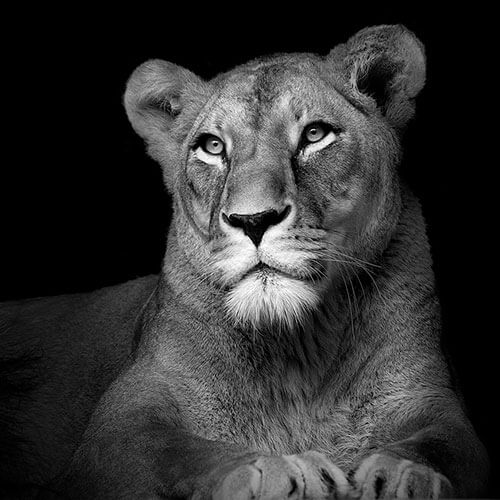I am a small-town photographer and a graphic designer from the Czech Republic. I have occasionally been taking photos of everything that comes along - people, animals, macro and landscape ... for about 6 years. My dream is taking pictures of wild and exotic animals in their natural environment. So far, however, workload, a tight family budget and most of all being an active father of three children do not allow me to fulfill it.
I can only combine business with pleasure and therefore we often go with the whole family to zoos in our small country at least. And so it happens that instead of tracking wildlife I often seek and “tame” our wild offspring. Nevertheless, it sometimes comes about that Dad gets away for a few minutes and gets stuck in a willingly posing animal.
It may not seem so but shooting in a zoo might turn into a totally exciting matter. "Will the picture be good despite a smudged glass, strong steel bars, frequent apathy of animals or omnipresent crowds of tourists?" Sometimes it works out well!
I'm trying to take pictures of the animals against a naturally dark background, but the contrasting final form is given by the adjustments in Photoshop. The experience and the daily practice at my work (a graphic designer) come in handy.
My images have no specific message, but I believe that they leave some space for personal imagination and foreshadow a deeper story of animals portrayed. I also suppose that the black colour simply suits the animals and presents them in a more dignified environment than the stark walls of the enclosures do.
I was also pleased with the opportunity to cooperate with the Union of Czech and Slovakian Zoos (for which I have been designing the annual reports using my black&white photos for several years), or with some specific gardens in the Czech Republic. I hope that such cooperation will continue in future and that the animals in my images will delight and inspire people in other countries than the Czech Republic.
